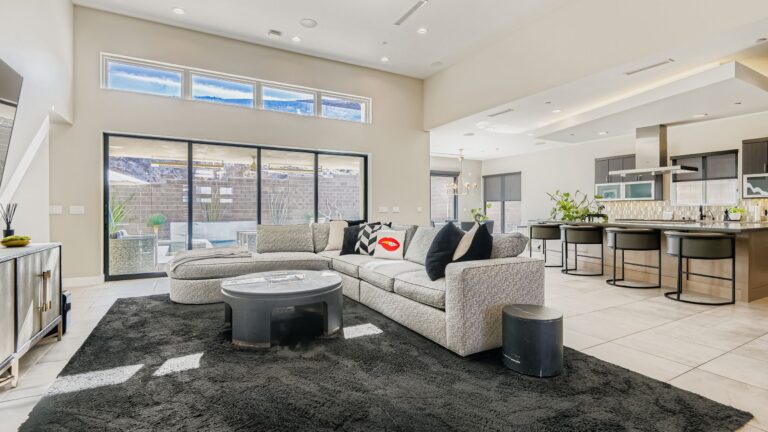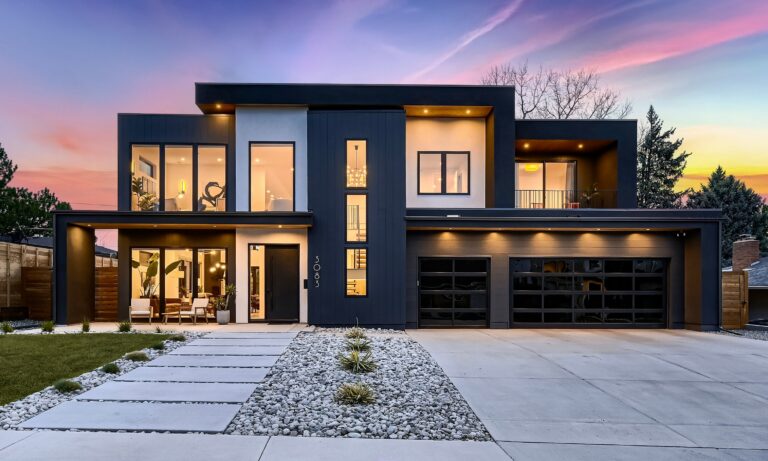In recent years, convenience has been a top priority for society in all aspects of life. Virtual tours have become the most convenient way to view a real estate listing. By offering virtual tours, you are more likely to reach more qualified leads to close more deals.
Virtual tours in real estate are one of these choices that can be a safe, effective solution to an overly booked schedule. As a busy real estate professional, virtual tours cater to the Millenial and Gen Z home buyers, who prefer to spend time searching online before contacting an agent.
What are virtual tours?
Virtual real estate tours, an alternative to in-person open houses and virtual showings, are video or 3D photo tours. These allow potential buyers to view a home from anywhere. Buyers do not immediately interact with agents, but rather explore the home through pictures and videos at their own pace.
Professional real estate photos and staging will make them feel like they are actually walking through the homes without ever having to leave their own. They can even retake the tour to revisit details or show a family member.
Why you need to use virtual tours in real estate
Choosing to attend an open house in person is often the last step before putting in an offer. Providing a virtual tour online will greatly increase the number of potential buyers who will be willing to attend an open house. If you’re unsure of whether you should hold an open house or offer a virtual tour, here are several reasons why you should consider virtual tours:
Buyers will start online
Virtual tours may have started due to safety concerns during the pandemic, but we have learned they are more convenient and worthwhile. The results of a Matterport MLS study showed listings with a 3D tour sold for up to 9% more and closed up to 31% faster than listings without them.
If a potential client wants to see a home in another state. They can save time and money with a virtual tour. If clients come down with an illness during the upcoming winter months, they can still look at your virtual tours without putting anyone at risk.
Virtual tours are in high demand, you can bet potential clients will be expecting this option on your website.
More control over the showing
When someone schedules a virtual showing, an agent can showcase the space using available options.
To help buyers visualize the size of the space and picture themselves living there, virtual staging can be used. This process involves decluttering the home and using photo-editing software to style it. You can also include information about any exclusive features of the house they may otherwise miss.
Boosts your marketing plan
Posting about your virtual tour will attract more potential buyers, which can lead to more leads and deals. While they are on your website looking at the tour, they may check out other properties or services you offer.
If your content is valuable, they will see you as an expert and may refer you to friends and family. A virtual tour can also save you time, as uninterested buyers can easily weed themselves out without you ever having to show the home to them in person.
Serious potential buyers will often book an in-person tour as a follow-up to the virtual tour, bringing you one step closer to a sale.
Schedule real estate virtual tours with Virtuance
When homes have a 3D virtual tour option, 95% of buyers are likelier to call about them. If you’re looking to set up a 3D virtual tour, Virtuance has the options you’re looking for.
Schedule a shoot now! We can create a walkthrough video of the entire property with our either a Zillow 3D Tour, or a Matterport 3D Tour. Our professional real estate photography will be an asset for staging, listings, tours, and more to help you attract more attention and sell your listings faster.
FAQ
Most virtual tours take around 30 minutes to shoot, and are ready within 24–48 hours after the property is photographed.
Yes, clean, declutter, and stage the home to ensure it looks its best on camera.
Not exactly—video walkthroughs are linear videos, while virtual tours are interactive 3D experiences.
Yes, most platforms optimize tours for viewing on smartphones and tablets.








